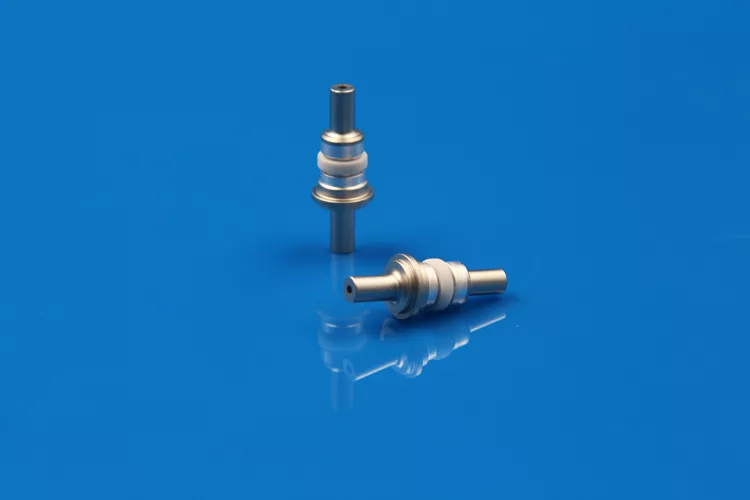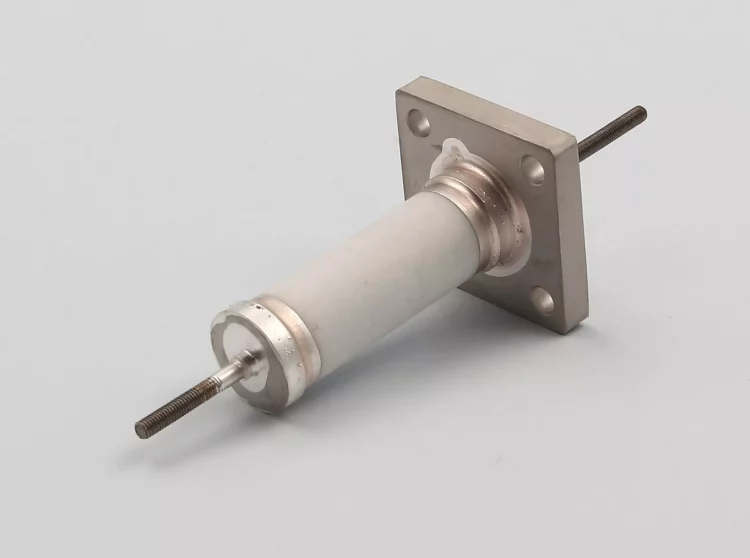Ceramic and metal brazing are joining processes used to fuse ceramic materials with metal components. While both processes involve the use of heat and a filler material, they have some key differences.
Ceramic brazing involves joining ceramic materials using a filler material with a lower melting point. Due to ceramics' high melting points and brittleness, traditional welding methods are not practical. Special surface preparation techniques like metallization or special adhesives are often necessary. Common filler materials include silver, copper, and gold-based alloys. Precise temperature and atmosphere control are essential to prevent thermal shock and ensure proper bonding. Applications range from aerospace components to electrical insulators, where high-temperature resistance and electrical insulation are crucial.
Metal brazing involves joining metal components using a filler material with a lower melting point. Widely applied across industries like automotive, aerospace, electronics, and plumbing, it offers versatility. Filler materials such as silver, copper, nickel, and aluminum alloys are commonly used. Surface preparation is critical to ensure proper adhesion between the filler material and the base metals. Brazing can occur in air or a controlled atmosphere, depending on requirements. Its applications range from joining steel components in automotive manufacturing to assembling heat exchangers and electronic systems.
2024-07-19
Vacuum brazing refers to a welding method that uses a filler metal (called brazing filler metal or solder) with a lower melting point than the base material under a vacuum environment. At a temperatur...
2024-05-27
Ceramic-to-Metal Initially utilized in vacuum electronic devices, this technology has since found application across diverse sectors such as semiconductors, integrated circuits, aerospace, and more
2023-10-27
As we all know, ceramic materials have excellent high temperature resistance, wear resistance, corrosion resistance, low density, good insulation characteristics, and have broad application prospects ...

